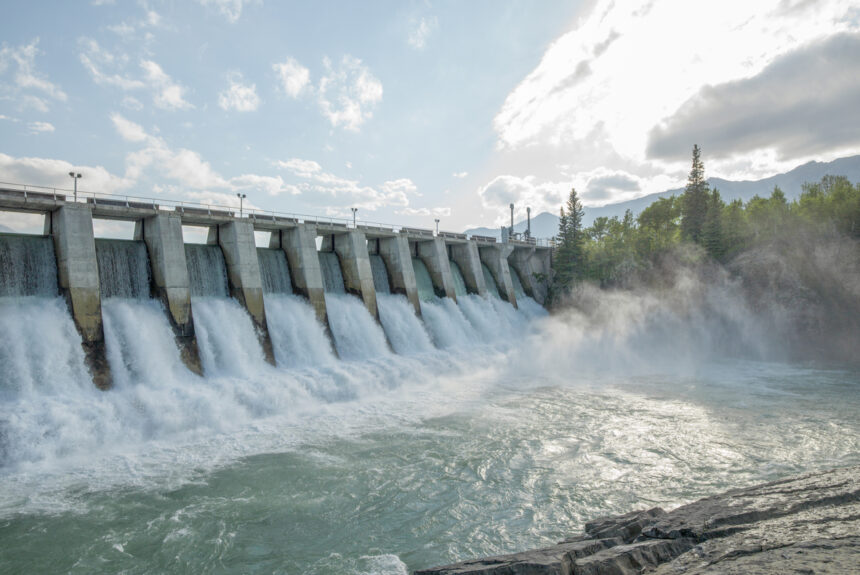American hydropower is facing some challenges. Experts say we are past ‘peak dam,’ and the number of new dams being built every year has dwindled. Despite providing reliable, clean electricity, environmental opposition to new and existing dams persists. Some American dams are being torn down to let rivers flow freely again, with other dams in dire need of repair. Our permitting process slows down both new construction and renovations that could keep hydropower running longer with strong environmental safeguards.
We are likely living in what the Yale School of the Environment defined as the “end of the big dam era.” But there is still a way for us to maximize the efficiency of hydropower that is already in operation: technology. Here are just four ways the digital age helps make hydropower more efficient:
Digital twins
Artificial intelligence (AI) can create a ‘digital twin’ of an operational dam, a virtual copy of that system that can learn and adapt as the dam environment changes. Research from a collaboration between Oak Ridge National and Pacific Northwest National Laboratories shows that hydropower operators could test out things like possible solutions to needed dam repairs or upgrades on digital twins before implementing changes across the system. Testing on a digital copy of the system would reduce errors and oversights that could cause expensive problems with dam operations.
Fish detection
Monitoring fish counts around dams is an essential environmental safeguard and is often legally required. Dams frequently include some infrastructure for fish to move through the blocked area. Dam operators used to rely on manual fish counts, but researchers are beginning to digitally analyze eDNA and eRNA (trace amounts of genetic material found in environmental samples) to conduct counts of fish passing through dams.
This process requires comparing genetic material found in water samples to shorter visual counts of fish through viewing windows in the fish passages. By analyzing the genetic material and confirming with short visual counts, researchers could estimate the number of fish passing through a dam with 98 percent accuracy. Implementing this tactic eliminates the need for costly and time-consuming manual fish counts and provides excellent conservation data.
Better cybersecurity
Digital systems are vulnerable to hackers, and energy infrastructure like dams make for prime targets for terrorists. Researchers at the Idaho National Laboratory have worked with hydropower operators and security companies to adapt U.S. Department of Homeland Security resources into open-source cybersecurity tools for dam use. The cybersecurity tools they have developed are more affordable to install, can withstand use in mechanical infrastructure such as water sensors, and easily integrate with existing cybersecurity to help monitor the cable, port, and connection spots in the dam facility.
>>>READ: Could Micro-Pumped Hydropower Help Farmers?
Flagging maintenance requirements
Machine learning may help hydropower operators anticipate maintenance requirements before parts of the dam break or malfunction. A recent study in ScienceDirect explained:
“Moreover, through the modeling of equipment states spanning from new to worn-out conditions, machine learning algorithms can accurately identify anomalies indicative of equipment malfunction or degradation using, for example, heatmaps This capability facilitates the early detection of potential issues, thereby allowing for timely intervention and the implementation of predictive maintenance strategies.”
While hydropower construction may stagnate, the above digital tools can help us make American dams more efficient and functional than ever. Today’s innovation constantly refines the technology that could be used in dams tomorrow. Policymakers should fix the timely and burdensome requirements to build new dams and re-license existing ones so that hydropower can remain an essential source of reliable, affordable, and clean power.
The views and opinions expressed are those of the author’s and do not necessarily reflect the official policy or position of C3.
